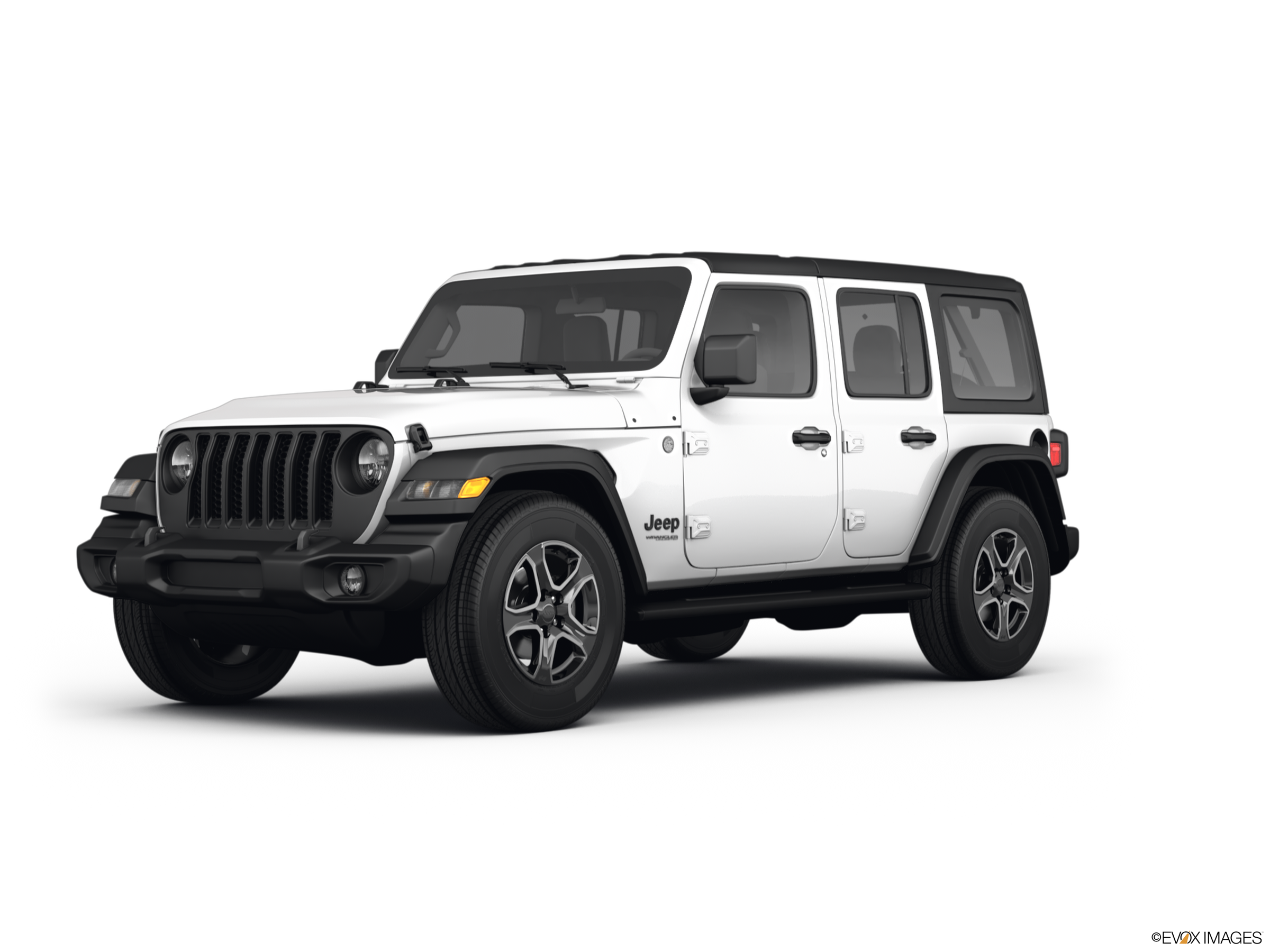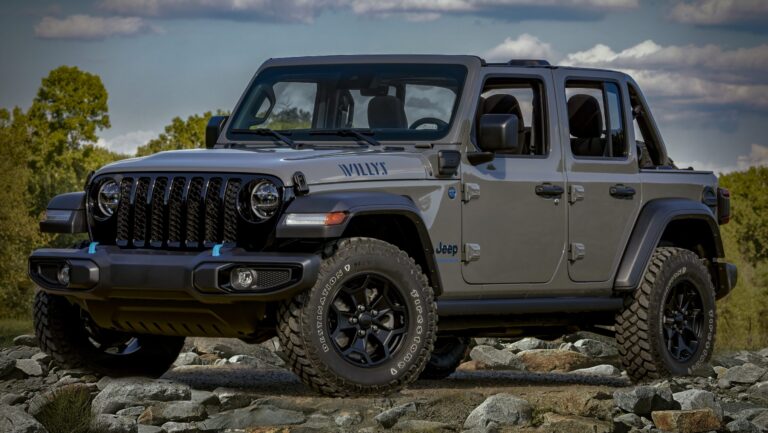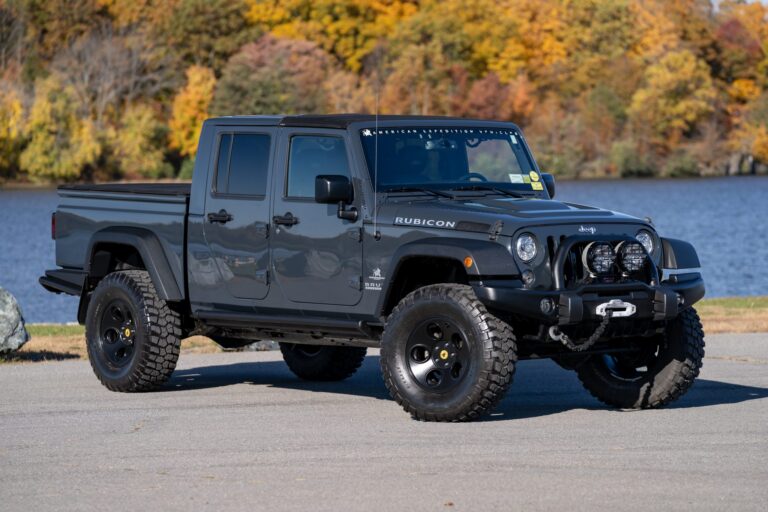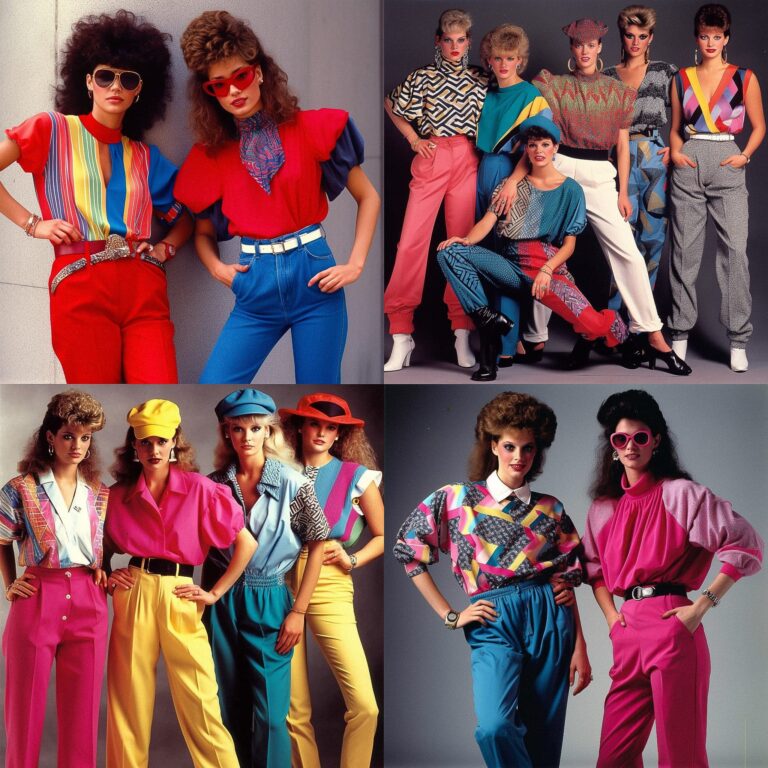How Many Miles Do Jeep Wrangler Unlimited Last? Unlocking the Lifespan of an Off-Road Icon
How Many Miles Do Jeep Wrangler Unlimited Last? Unlocking the Lifespan of an Off-Road Icon jeeps.truckstrend.com
The Jeep Wrangler Unlimited is more than just a vehicle; it’s a symbol of adventure, freedom, and rugged capability. From conquering trails to navigating urban jungles, its distinctive design and unparalleled off-road prowess have cemented its status as an automotive icon. But for prospective and current owners alike, a crucial question often arises: "How many miles do Jeep Wrangler Unlimited last?" This isn’t just about the odometer reading; it’s about the longevity of an investment, the reliability for future adventures, and the peace of mind that comes with owning a durable machine.
Understanding the potential lifespan of your Jeep Wrangler Unlimited is vital. It influences everything from your purchasing decision and long-term budgeting for maintenance to its eventual resale value. While there’s no single magic number, a well-maintained Jeep Wrangler Unlimited can easily exceed 200,000 miles, with many owners reporting successful journeys far beyond that mark. The key lies in a combination of manufacturing quality, owner diligence, and a bit of luck.
How Many Miles Do Jeep Wrangler Unlimited Last? Unlocking the Lifespan of an Off-Road Icon
The Core Answer: Expecting Longevity with Proper Care
On average, a Jeep Wrangler Unlimited, when properly maintained and driven responsibly, can be expected to last anywhere from 150,000 to 200,000 miles. However, it’s not uncommon to see models pushing 250,000 miles or even 300,000+ miles with meticulous care and proactive maintenance. The Unlimited’s robust body-on-frame construction and generally durable powertrains provide a solid foundation for a long life. The real variable isn’t necessarily a factory defect (though those can occur), but rather how the vehicle is treated throughout its operational life.
Factors Influencing Your Wrangler Unlimited’s Lifespan
Several critical factors play a significant role in determining how long your Jeep Wrangler Unlimited will truly last. Understanding these can empower you to maximize its longevity.
- Maintenance History and Adherence to Schedule: This is arguably the most crucial factor. Regular oil changes, fluid checks and replacements (transmission, differential, transfer case), tire rotations, brake inspections, and timely filter changes are non-negotiable. Neglecting routine maintenance accelerates wear and tear on critical components, drastically shortening the vehicle’s life.
- Driving Habits and Environment:
- Aggressive Driving: Frequent hard acceleration, sudden braking, and high-speed cornering put undue stress on the engine, transmission, brakes, and suspension.
- Off-Roading: While Wranglers are built for it, extreme off-roading, rock crawling, and frequent mudding can accelerate wear on the drivetrain, suspension, and undercarriage components if not followed by proper inspection and cleaning.
- Climate: Vehicles in harsh climates (extreme heat, cold, or high humidity) or areas where roads are heavily salted in winter are more prone to rust and degradation of rubber and plastic components.
- Mileage Mix: A higher proportion of highway miles is generally easier on a vehicle than stop-and-go city driving, which involves more braking, shifting, and idling.

- Model Year and Generation: While all Wranglers are robust, specific model years or generations (e.g., JK vs. JL) might have known quirks or improvements that could slightly influence long-term reliability. Researching specific model years before purchase can be beneficial.
- Modifications: Aftermarket modifications can impact longevity. Poorly installed lifts can stress suspension components, larger tires can strain the drivetrain, and engine tunes can reduce engine life if not done correctly. Quality parts and professional installation are key if you choose to modify.
- Quality of Repairs and Parts: When components inevitably need replacement, using high-quality parts (OEM or reputable aftermarket) and having repairs done by skilled technicians can prevent cascading issues and ensure the repair lasts.

Key Components and Their Expected Lifespan

Understanding the typical lifespan of major components helps in anticipating maintenance and potential replacement costs.
- Engine (3.6L Pentastar V6, etc.): With proper oil changes and cooling system maintenance, these engines are known to be quite durable, often lasting well over 200,000 miles. Issues usually stem from neglect (overheating, lack of oil).
- Transmission (Automatic & Manual): Both automatic and manual transmissions can last 150,000-250,000+ miles with regular fluid changes and avoiding harsh driving. Automatic transmissions benefit greatly from fluid flushes every 60,000-80,000 miles.
- Frame and Chassis: The robust ladder frame is designed to last the life of the vehicle, but rust is the primary enemy. In salted environments, proactive rust prevention is crucial.
- Suspension Components (Shocks, Bushings, Ball Joints): These wear out faster, especially with off-roading. Shocks might need replacement every 50,000-100,000 miles, while bushings and ball joints can last longer but are subject to wear based on use.
- Axles and Differentials: Designed for heavy loads, these are generally very durable. Regular fluid changes (every 30,000-60,000 miles, or more often with heavy off-roading) are essential for their longevity, often exceeding 200,000 miles.
- Electrical System: While generally reliable, electrical gremlins can sometimes appear, especially in older models or those that have been exposed to water frequently.
Maximizing Your Wrangler Unlimited’s Lifespan: Practical Advice
To ensure your Jeep Wrangler Unlimited serves you faithfully for hundreds of thousands of miles, adopt these actionable strategies:
- Adhere Strictly to the Maintenance Schedule: Consult your owner’s manual and stick to the recommended service intervals for oil changes, tire rotations, fluid checks, and filter replacements. Consider "severe duty" schedules if you frequently off-road or drive in harsh conditions.
- Listen to Your Jeep: Pay attention to unusual noises, vibrations, smells, or warning lights. Addressing small issues early can prevent them from escalating into costly major repairs.
- Practice Gentle Driving Habits: Avoid aggressive acceleration, harsh braking, and excessive idling. Smooth inputs reduce stress on the engine, transmission, brakes, and suspension.
- Prioritize Rust Prevention: For Wranglers, especially in regions with road salt, rust is a major concern. Regularly wash the undercarriage, consider rust-proofing treatments (like fluid film), and inspect for rust formation. Address any surface rust immediately.
- Post-Off-Roading Inspection and Cleaning: After every off-road adventure, thoroughly clean mud and debris from the undercarriage, suspension, and engine bay. Inspect for any damage, leaks, or loose components.
- Use Quality Fluids and Parts: When performing maintenance or repairs, always use fluids that meet or exceed manufacturer specifications and opt for quality OEM or reputable aftermarket parts.
- Maintain Proper Tire Pressure: Correct tire pressure not only improves fuel economy but also extends tire life and reduces strain on suspension components.
- Regularly Inspect Belts and Hoses: These components can degrade over time. Replace them before they fail, especially if you notice cracks, fraying, or bulging.
Common Issues and Solutions Affecting Longevity
While robust, Wranglers can encounter specific issues that owners should be aware of and address promptly to maintain longevity:
- Death Wobble: A terrifying violent shaking of the front end, often caused by worn steering or suspension components (e.g., track bar, ball joints, tie rod ends). Prompt diagnosis and replacement of worn parts are crucial for safety and vehicle health.
- Rust: As mentioned, frame and body rust is a common enemy, especially in older models or those in corrosive environments. Regular cleaning, undercoating, and addressing minor rust spots immediately are the best defense.
- Leaks (Soft Top/Hard Top): While not directly impacting mechanical longevity, persistent leaks can lead to interior damage, mold, and electrical issues over time. Inspect seals, drains, and adjust tops as needed.
- Electrical Gremlins: Intermittent electrical issues can sometimes arise, particularly with aftermarket accessories or due to water intrusion. Professional diagnosis using diagnostic tools is usually required.
- Wear on Suspension Components from Off-Roading: Heavy off-roading accelerates the wear of bushings, shocks, springs, and steering components. Regular inspections and timely replacements are part of the cost of adventure.
Resale Value and Mileage: A Unique Relationship
Jeep Wrangler Unlimited models are renowned for holding their value exceptionally well, often outperforming many other vehicles in their class. High mileage tends to depress resale value for most cars, but for Wranglers, the impact can be less severe if the vehicle has been well-maintained and has a clear service history. A 100,000-mile Wrangler with meticulous records and a clean bill of health can often fetch a surprisingly good price compared to a similar mileage sedan. This strong resale value is a testament to their durability and enduring popularity.
Expected Lifespan Tiers & Associated Factors
| Lifespan Tier | Expected Mileage Range | Key Contributing Factors | Resale Value Implication |
|---|---|---|---|
| Average Longevity | 150,000 – 200,000 miles | Regular but not always strict maintenance, mix of city/highway driving, occasional light off-roading, minor rust addressed late or not at all. | Good for a used vehicle, but value declines with mileage. |
| High Longevity | 200,000 – 250,000 miles | Meticulous adherence to maintenance schedule, proactive rust prevention, gentle driving habits, responsible off-roading with post-trip checks, prompt addressing of any issues. | Excellent for mileage, indicates a well-cared-for vehicle, holding value surprisingly well. |
| Exceptional Life | 250,000+ miles | Fanatical maintenance, garage kept, minimal exposure to harsh elements/road salt, minimal aggressive off-roading or extremely thorough post-off-road care, all repairs done professionally. | Outstanding for mileage, often becomes a testament to owner dedication, high demand. |
| Premature Wear | Under 150,000 miles | Neglected maintenance (skipped oil changes, fluid changes), frequent aggressive driving, heavy off-roading without proper upkeep, unaddressed mechanical issues, significant rust. | Significantly lower than average, often indicates a vehicle with underlying problems. |
Frequently Asked Questions (FAQ)
Q1: Is 100,000 miles a lot for a Jeep Wrangler Unlimited?
A1: Not necessarily. For a Jeep Wrangler Unlimited, 100,000 miles is often considered "broken in." With proper maintenance, a Wrangler at this mileage can still have many years and miles of life left. A well-maintained 100k mile Wrangler is often a smart purchase, as the initial depreciation has occurred, but much of its useful life remains.
Q2: Do Jeep Wranglers hold their value well?
A2: Yes, Jeep Wrangler Unlimited models are famous for their excellent resale value. They depreciate slower than many other SUVs due to their high demand, unique appeal, and robust build quality.
Q3: How often should I service my Jeep Wrangler Unlimited?
A3: Refer to your owner’s manual for precise intervals. Generally, oil changes are recommended every 5,000-10,000 miles (depending on oil type and driving conditions), tire rotations every 5,000-7,500 miles, and fluid checks/changes for transmission, differentials, and transfer case every 30,000-60,000 miles.
Q4: Can off-roading shorten my Wrangler’s lifespan?
A4: Yes, extreme or frequent off-roading, especially without proper technique or post-trip inspection and maintenance, can accelerate wear on suspension, drivetrain components, and the undercarriage. However, the Wrangler is designed for it, and with responsible use and diligent care, its lifespan should not be drastically reduced.
Q5: What are the most common issues to watch out for in an older Wrangler Unlimited?
A5: The most common issues typically revolve around rust (especially on the frame), worn suspension and steering components (leading to "Death Wobble"), and sometimes minor electrical gremlins or leaks from the soft/hard top seals.
Conclusion: Your Adventure, Your Longevity
The question of "How many miles do Jeep Wrangler Unlimited last?" ultimately comes down to a partnership between a well-engineered vehicle and a diligent owner. While the Jeep Wrangler Unlimited boasts an inherently robust design capable of enduring harsh conditions and accumulating impressive mileage, its true longevity is largely determined by the care it receives.
With a commitment to regular, proactive maintenance, responsible driving habits, and prompt attention to any developing issues, your Jeep Wrangler Unlimited isn’t just a vehicle for today’s adventures; it’s a reliable companion that can faithfully carry you for hundreds of thousands of miles, ensuring countless future explorations and cementing its status as a true legend of the road and trail. Invest in its care, and it will repay you with years of unparalleled freedom.



